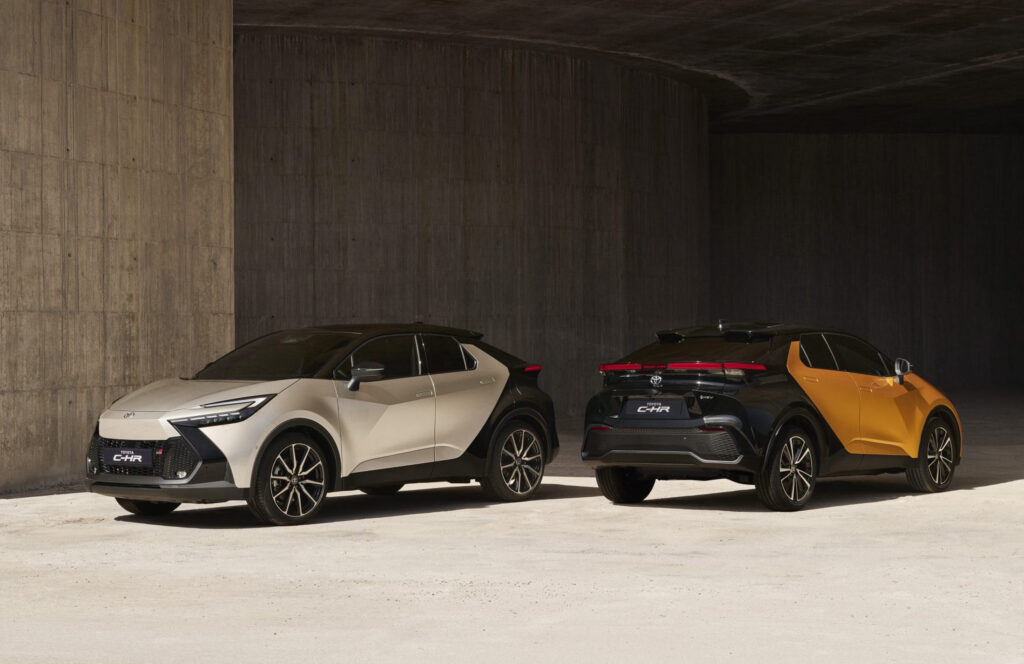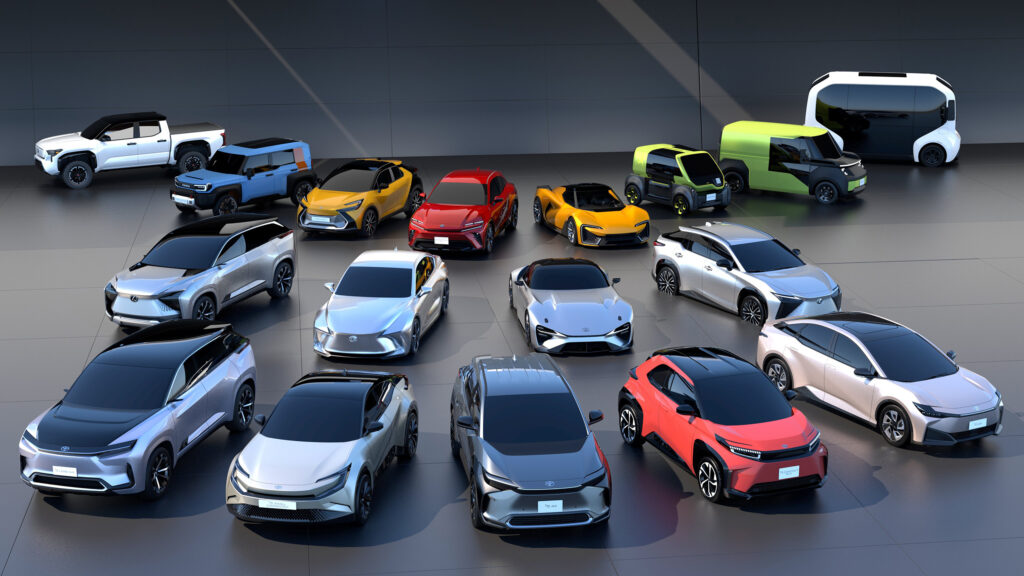Both Stellantis and Toyota have expressed concern about the Biden administration’s proposed emissions restrictions for cars and light trucks. While the two companies are investing heavily in electric vehicles, they are concerned the move could hurt battery mineral supplies.
In comprehensive comments filed in response to the EPA’s ‘Multi-Pollutant Emissions Standards for Model Years 2027 and Later Light-Duty and Medium-Duty Vehicles,’ both Stellantis and Toyota said that the Biden administration’s goals are overly optimistic and ignore the potential benefit of plug-in hybrid vehicles.
The EPA wants battery-electric vehicles to account for 67% of new light-duty vehicle sales by 2032 and 46% of medium-duty vehicles. Toyota says “achieving such a high penetration is almost entirely dependent on factors outside our control…hundreds of new mines are needed globally to produce enough critical materials to support so many BEVs.”

Toyota believes that the EPA should adjust the standards in its proposed rules to account for mineral uncertainties and other factors “which automakers have little control,” claiming that it will face “significant compliance and brand/reputation ramifications” if it is not able to meet standards due to “factors over which we have no control.”
The Japanese car manufacturer added that the proposed rule discriminates against plug-in hybrid vehicles “based on flawed data and analysis from an environmental NGO.” Toyota states that PHEVs are an extremely efficient use of limited and expensive minerals while also providing significant GHG (greenhouse gas emissions) reduction benefits, being more affordable than similar BEVs, and requiring less charging infrastructure. It concluded by saying that “vehicles with internal combustion engines will be on U.S. roads in large numbers for decades to come.”
Read: Toyota May Share Next-Gen EV Tech With Partners Like Mazda And Subaru
Stellantis says it supports the Biden administration’s goal of achieving 40-50% electrification of the U.S. new light-duty vehicle market by 2030 but notes that the EPA’s proposed rule exceeds even the BEV mandate of California that will require 66% of new light-duty vehicles to be EVs by 2032.
“The EPA has erred by assuming an overly optimistic market adoption of a single EV technology justified by policies that represent partial solutions,” Stellantis said. “The GHG targets justified by these assumptions exceed what industry and the Biden administration jointly agreed to and likely exceed what reasonably can be achieved in a 50-state market. Targets are front-loaded and biased against the most popular trucks and SUVs that customers demand today.”
Stellantis ultimately wants the EPA to make its GHG targets include BEVs, PHEVs, and fuel-cell electric vehicles, not just BEVs.




